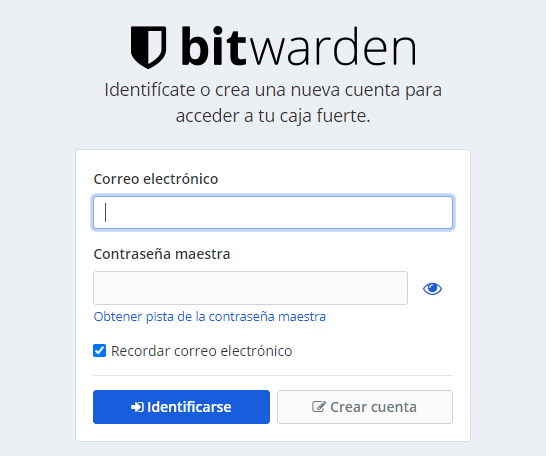

Log in to Cloudflare and authorize the domain you added. Copy the displayed URL in the output and open the URL in a web browser.Sudo chmod +x /usr/ local/bin/cloudflared In the Terminal or PuTTY SSH connection, execute the following commands.Add your domain to Cloudflare and then follow these steps to install and set up the Cloudflare Tunnel. To set it up, you must have a registered domain. However, we will use a completely different approach and instead use the Cloudflare Tunnel service to access Bitwarden remotely from anywhere with a secure SSL connection. You can deploy and use Nginx Proxy Manager to add and set up a proxy host. To access and use Bitwarden, you must set up a reverse proxy.

Run the following command to update and upgrade software packages. If not, check the network connection, your username, and your password. You will be logged in to the Pi over SSH successfully. When prompted with ‘login as:’, type the username and press Enter.Enter the Raspberry Pi IP address, with port 22, and click Open.If you are using the Terminal app on macOS or Linux, run the following command, ssh username instance: ssh pi your password and press the Return/ Enter key. You can use the Fing app on your smartphone or check the DHCP settings of your router to find the IP. To connect to the Pi, we must know the IP of the Raspberry Pi. Since we enabled the SSH at the time of writing the OS, we can connect to your Raspberry Pi over SSH using the Terminal app on macOS or Linux, and PuTTY on Windows.


 0 kommentar(er)
0 kommentar(er)
